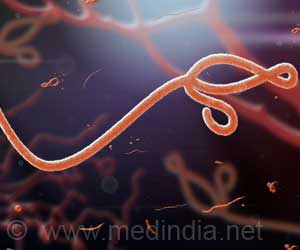How system-wide command center was able to contain measles and mumps outbreaks in real time, finds a new study. This study basically analyzes the infection control strategies that were used in the recent measles and mumps outbreak.

TOP INSIGHT
Interventions which were facilitated through the system-wide command center -HealthPartners activated center included creating standard patient and visitor messaging in multiple languages and leveraging the integrated electronic health record to support active measles surveillance, symptom-based patient triage, and timely initiation of precautions.
Interventions facilitated through the system-wide command center included creating standard patient and visitor messaging in multiple languages and leveraging the integrated electronic health record to support active measles surveillance, symptom-based patient triage, and timely initiation of precautions.
"Our integrated response allowed us to share information in real-time and adjust prevention strategies in a timely way," said Amy Priddy, DNP, RN, CIC, lead study author and infection prevention senior manager, Park Nicollet Health Services. "Every time you have an event like this, there’s an opportunity to apply what you’ve learned as a system to other situations."
At Park Nicollet Health Services, there were no cases of healthcare-associated measles transmission. Vaccinations also played an integral role in stemming the outbreak: 9,731 patients and healthcare staff received the measles vaccine, a 118 percent increase over the same period the year prior.
The largest outbreak of mumps in Texas in more than 20 years yielded similar lessons. Among healthcare workers, IPs found that while acute care facilities offer guidance on recommended vaccinations for staff, long-term facilities lack the same requirements. The study also revealed that 67 percent of facilities lacked a designated IP, and many of the facilities were unfamiliar with testing recommendations for mumps.
"Many of the providers were unfamiliar with mumps because they’ve never seen it before," said Thi Dang, MPH, CHES, CIC, the study’s lead author. "This gap and others that we identified provide valuable information for any outbreaks that we might be faced with in the future, as we better understand aspects of symptom monitoring, vaccination recommendations, and control measures."
"IPs play a critical role in the public health response to outbreak situations by communicating and implementing control measures," said 2018 APIC President Janet Haas, Ph.D., RN, CIC, FSHEA, FAPIC. "These case studies show clearly that comprehensive strategies in the face of outbreak situations go a long way toward preventing further spread of infection and disease."
Source-Eurekalert
 MEDINDIA
MEDINDIA



 Email
Email






